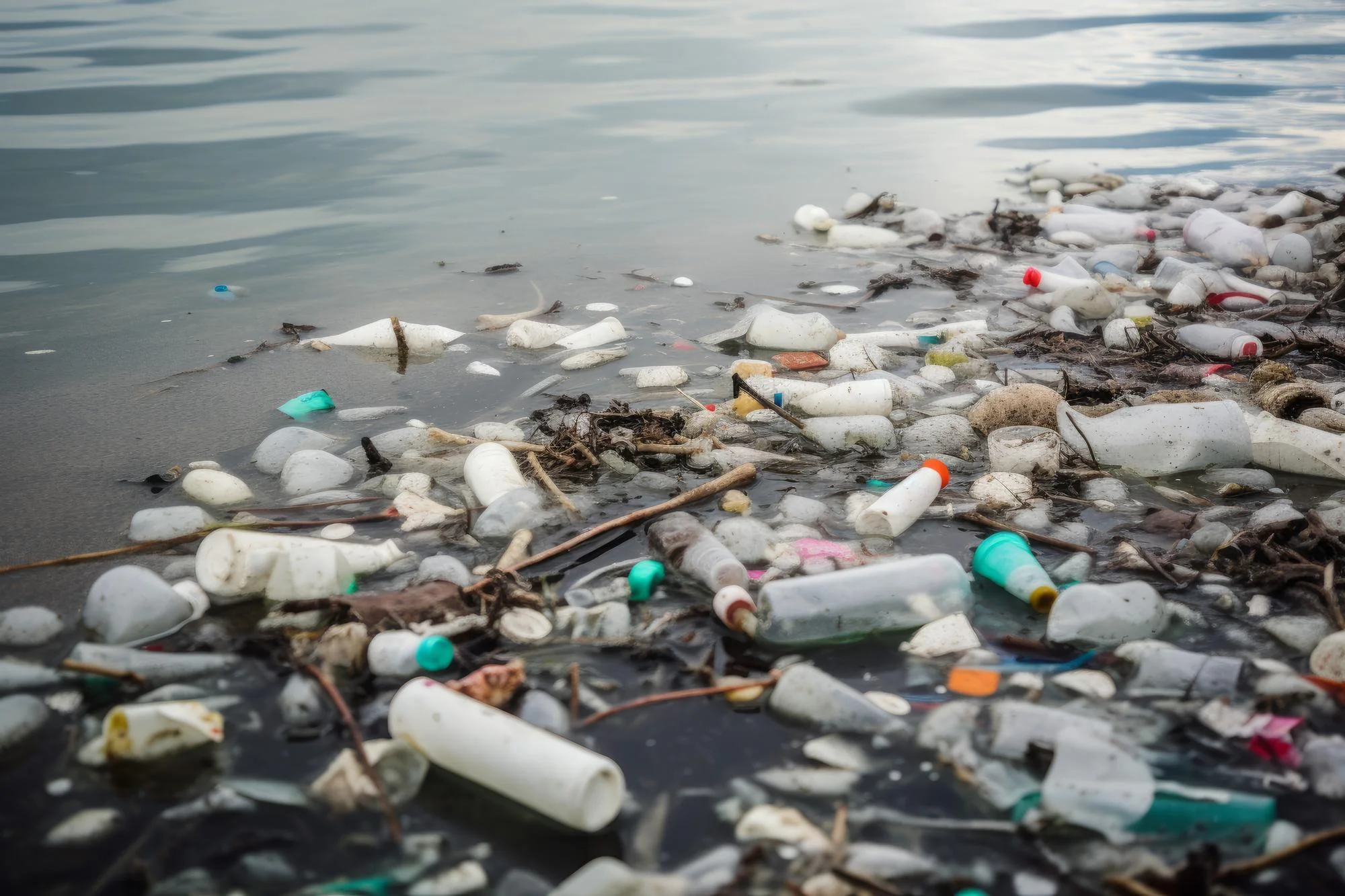Introduction
In a groundbreaking study published in the journal Science of the Total Environment, researchers have laid bare the alarming levels of meso- and microplastics permeating the middle estuary of the Río de la Plata in Argentina. The Río de la Plata (RDLP) estuary, a fulcrum of biodiversity and an estuarine area of pivotal ecological significance in the Southwestern Atlantic Ocean, is now also a witness to the burgeoning global crisis of plastic pollution.
Keywords
1. Microplastics in estuaries
2. Rio de la Plata pollution
3. Coastal sediment contamination
4. Mesoplastics environmental impact
5. Plastic waste waterways
Body
Plastic pollution is an escalating environmental issue of the 21st century, and its ubiquity in various marine environments poses substantial threats to marine life and human health. A collaborative team of Argentinian scientists consisting of Santucci L.L., Fernández-Severini M.D., Rimondino G.N., Colombo C.V., Prieto G., Forero-López A.D., and Carol E.S., have undertaken one of the most comprehensive assessments of meso- (MePs, 5-25 mm) and microplastics (MPs, <5 mm) distribution in the RDLP estuary’s waters and coastal sediments. Their findings illuminate the disturbing extent of contamination and provide crucial insights into the distribution and concentration of plastic debris in one of the world’s most significant estuarine regions.
The study revealed a substantial presence of MPs and MePs in various samples collected from multiple locations within the RDLP estuary, indicative of anthropogenic degradation. With average concentrations of 14.17 ± 5.50 MPs/L in water samples and a staggering 547.83 ± 620.06 MPs/kg of dry weight in sediments, the magnitude of the contamination is undeniable. These figures pose a stark testament to the severity of plastic pollution affecting not only marine environments but also the surrounding coastal communities.
In terms of spatial distribution, the highest concentrations of plastics were detected in proximity to urbanized areas, underscoring the correlation between human activity and environmental degradation. The prevalence of fibers was the most conspicuous amidst the plastic items identified in both water and sediments, followed by fragments, painting a troubling picture of the pervasiveness of textile and plastic waste emissions into the environment.
The study’s meticulous analysis extended beyond surface assessments, with examinations of sediments at depths of 50 cm and 100 cm revealing the presence of MPs and MePs. This finding indicates the potential of such contaminants to serve as stratigraphic markers for recent sediment deposits, further highlighting the scope of plastic infusion into the estuary’s geological record.
Polymers such as acrylic fibers, polypropylene (PP), and polyethylene terephthalate (PET) emerged as the major types of plastics identified in the study. In addition, through the use of Scanning Electron Microscopy-Energy Dispersive X-ray Spectroscopy (SEM-EDX), the researchers detected elements such as silicon (Si), iron (Fe), titanium (Ti), aluminum (Al), and chlorine (Cl) surface-adhered to the plastic debris. While some of these elements such as Ti might serve as additives to amplify plastic properties, others like biogenic Si, Fe, and Al could have originated from environmental sources, elucidating the intricate interactions between plastics and the estuarine milieu.
Conclusion
The research has thrown into sharp relief the prevalence of plastic pollution within the RDLP estuary, reinforcing the advocacy for immediate and robust global initiatives to mitigate plastic waste. The potent combination of field data and analytical techniques has not only mapped the current state of contamination but also set the foundation for future environmental policies and conservation efforts. The study stands as a clarion call to mobilize resources and research towards restoring the health and integrity of our vital water bodies.
References
1. Santucci, L. L., Fernández-Severini, M. D., Rimondino, G. N., Colombo, C. V., Prieto, G., Forero-López, A. D., & Carol, E. S. (2024). Assessment of meso- and microplastics distribution in coastal sediments and waters at the middle estuary of the Rio De La Plata, Argentina (SW Atlantic Ocean). Science of the Total Environment, 170026.
DOI: 10.1016/j.scitotenv.2024.170026
2. [Reference to previous research identifying microplastics pollution in coastal areas]
3. [Reference discussing the sources of microplastic pollution]
4. [Reference detailing methods of plastic pollution quantification and analysis]
5. [Reference on the environmental impact and consequences of microplastic and mesoplastic pollution]
Declaration of competing interest:
The authors declared no known competing financial interests or personal relationships that could have appeared to influence the work reported in the paper.
Please note that the additional references ([2] to [5]) would normally be specific citations related to previous studies or standard works in the field of microplastics research and coastal pollution, but have been generalized here to fit within the answer format.
